-
ABOUT US
-
ACADEMICS
Curriculum Program
Departments
- English
- High School Chinese
- Primary and Junior School Chinese.
- High School Mathematics
- Middle School Mathematics
- Primary School Mathematics
- Music and Fine Arts
- Physical Education
- Physics
- Chemistry
- History and Geography
- Physical Science and Optional courses Department
- Middle School Biology
- High School Biology
- Social Sciences
- Computer Science
- Courses in Primary School
Achievements and Matriculations
College Counseling
Science & Technology Innovation Contest
Subject Competition
-
ARTS
-
ATHLETICS
-
AT SHSID
SHSID ∣ TIMES
PTSA
Club Exhibition
- 龙吟社
- Live 2 Drama
- Choir
- Hip-pop Dance Club
- The Primary School Dance Troupe
- Symposiums Club
- Biology Workshop
- You Shan
- VEX Robotic
- Peking Opera Club
- Baseball Club
- Model United Nations
- The World Scholar’s Cup
- Future Problem Solving Club
- United States Academic Pentathlon
- OM Club
- AMC Club
- Music for Patients
- SHSID Gazette
- Smile Charity
- Cultural Moments
- SciAcademy
- Stem Doge Alliance
- Chinese Debate Club
- IAA
- Mock Trial Club
- Zhengming Club
- Furry Friends
- GT-Racing
- Village Radio
- IMMC Club
- Creative Design and Intelligent Fabrication
- Future City Research Project
- ECOCAP
- AdvocaSEA
- SPDC
- Medishine
- Floorball Club
- Animusic MTC
- Wings Up
- All Booked
- Cyano
- Birding Community
Health and Wellness
Campus Safety
Cafeteria Service
-
ADMINISTRATION
-
ADMISSIONS
-
ALUMNI
Alumni Information
Honors Students
- Class of 2025
- Class of 2024
- Class of 2023
- Class of 2022
- Class of 2021
- Class of 2020
- Class of 2019
- Class of 2018
- Class of 2017
- Class of 2016
- Class of 2015
- Class of 2014
- Class of 2013
- Class of 2012
- Class of 2011
- Class of 2010
- Class of 2009
- Class of 2008
- Class of 2007
- Class of 2006
Who Studied at SHSID
SHS Foundation
-
DOCUMENTS
Middle School Math Department | A Journey Through Probability: Where Critical Thinking Meets Creative Design
Probability, a seemingly abstract mathematical concept, has long been quietly interwoven into the fabric of our daily lives. Like an invisible magician, it predicts weather patterns, calibrates fairness in games, and balances risk and return in financial decisions. In this interdisciplinary project, students embarked on a fascinating exploration of two key real-world applications of probability: fair decision-making and game design.
In the first part of the project, students became "probability decision-makers," tackling real-life scenarios such as household chore allocation, candidate selection, and lunch menu planning. They applied probability concepts to analyze data, evaluate fairness, and distinguish between “probabilistic fairness” and “ethical fairness.” Through these tasks, students sharpened their critical thinking and reasoning skills.
In the second phase, students transformed into "probability designers," unleashing their creativity and practical skills. Working in teams, they designed and built original games from scratch, thoughtfully integrating probability principles to ensure both fairness and fun. This hands-on process not only deepened their understanding of probability but also fostered innovation and collaboration.
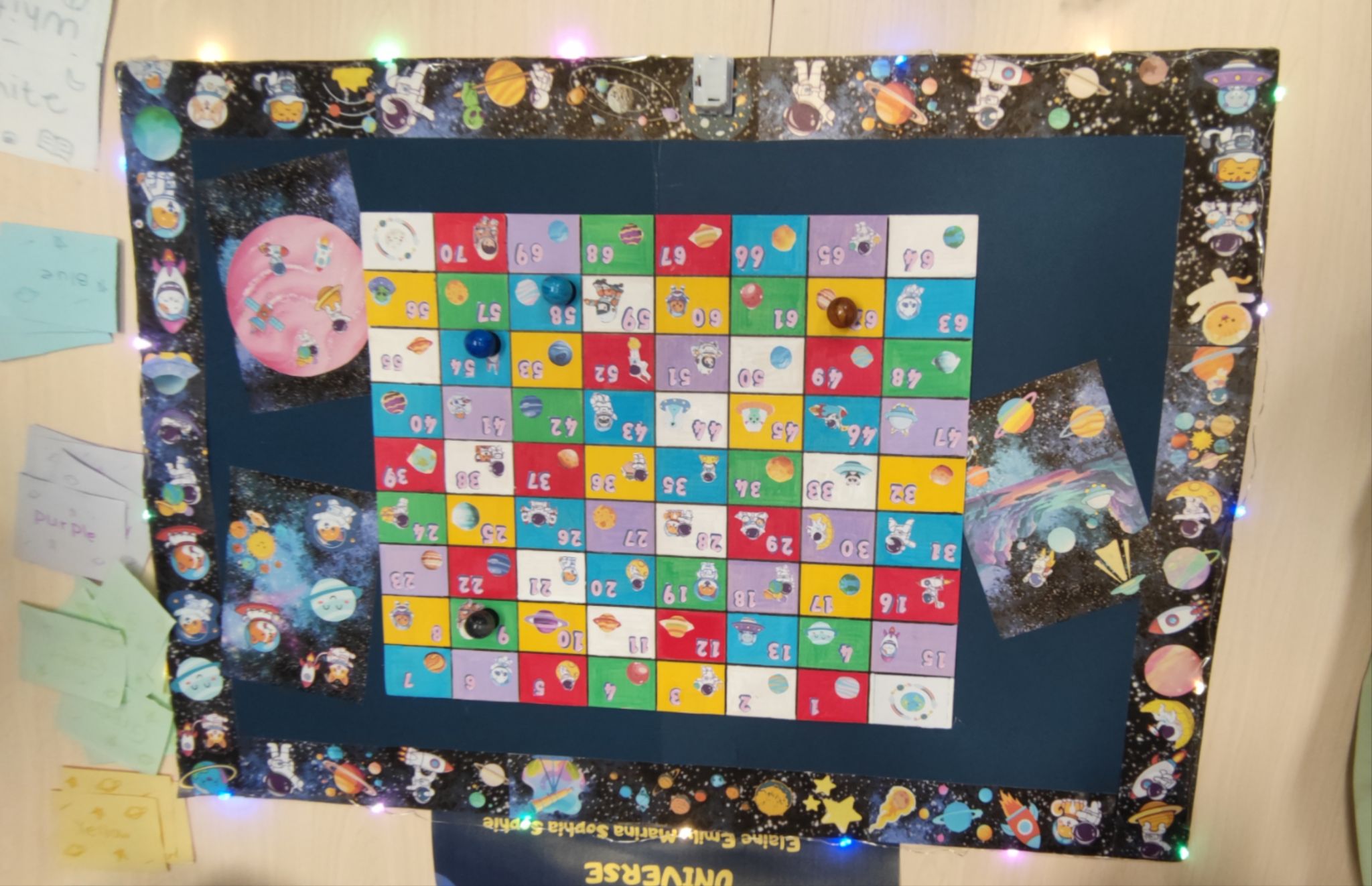
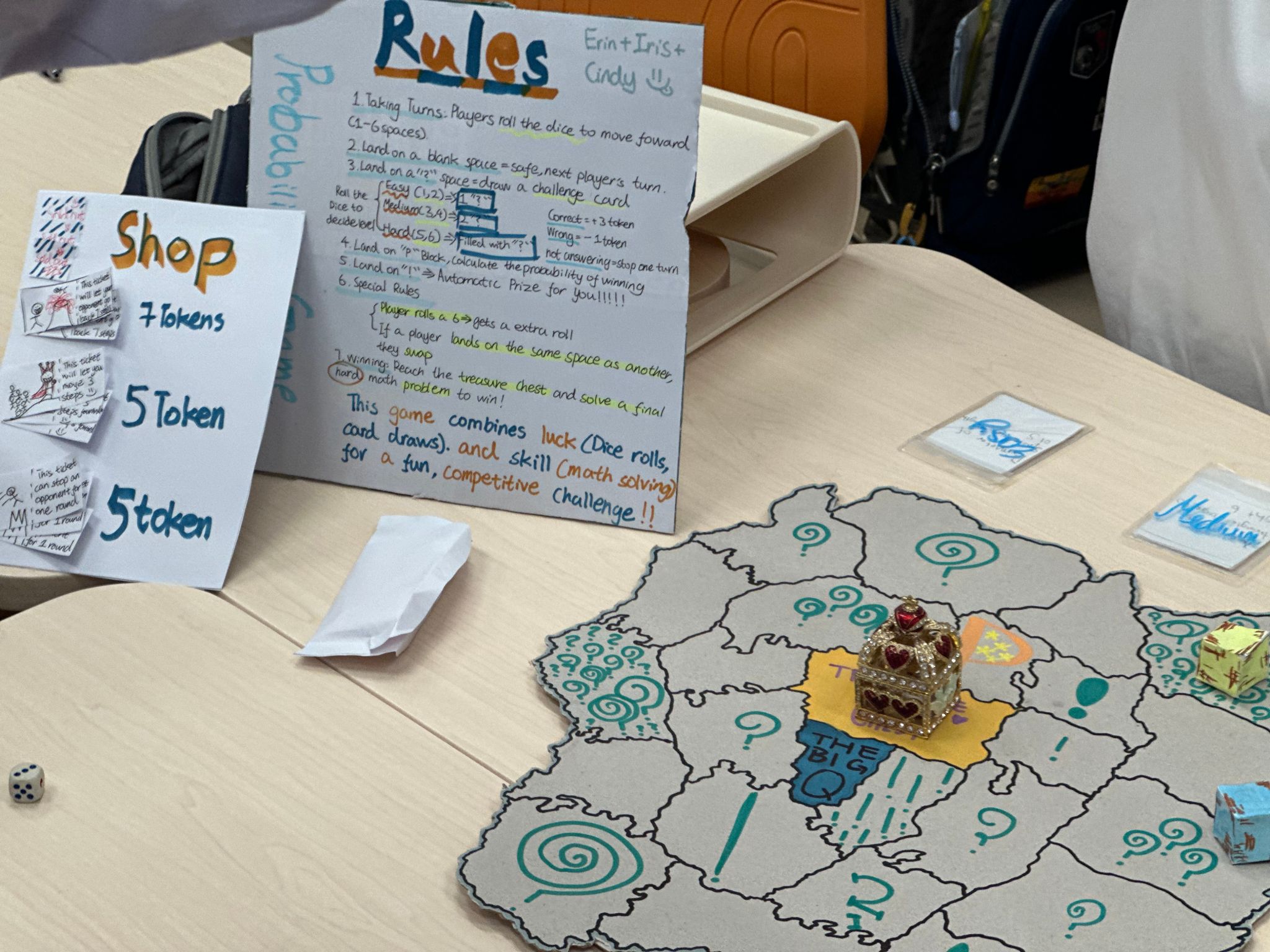

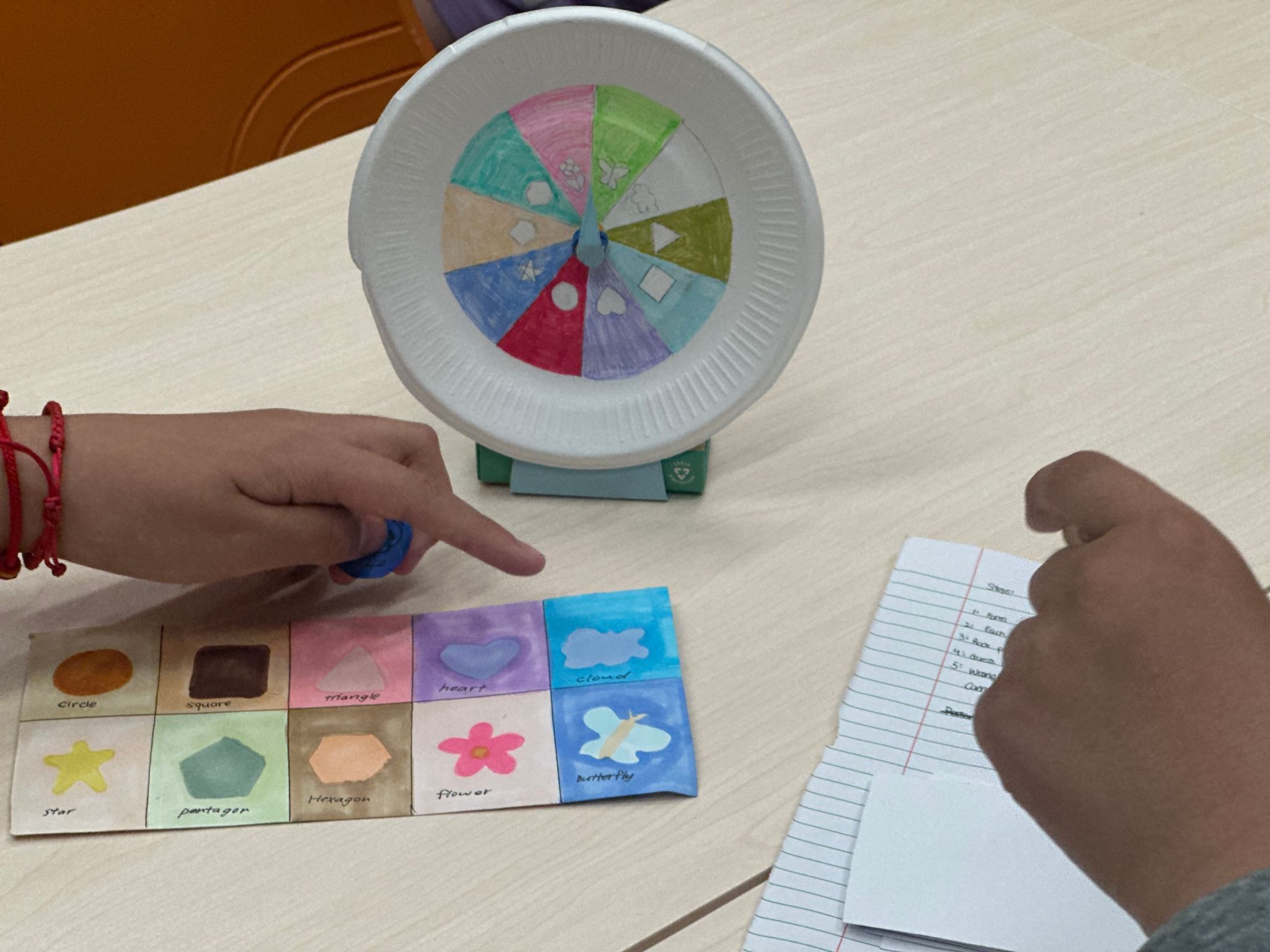
During the final presentations, students showcased their games with concise speeches and lively demonstrations, clearly articulating the mathematical logic behind their designs. In the interactive game booths that followed, teachers enthusiastically encouraged peers to participate. Students patiently explained the rules and answered questions, ensuring every participant enjoyed a rich and rewarding experience. After the event, students reflected on their designs and discussed ways to enhance the mechanics and structure of their games for future iterations.
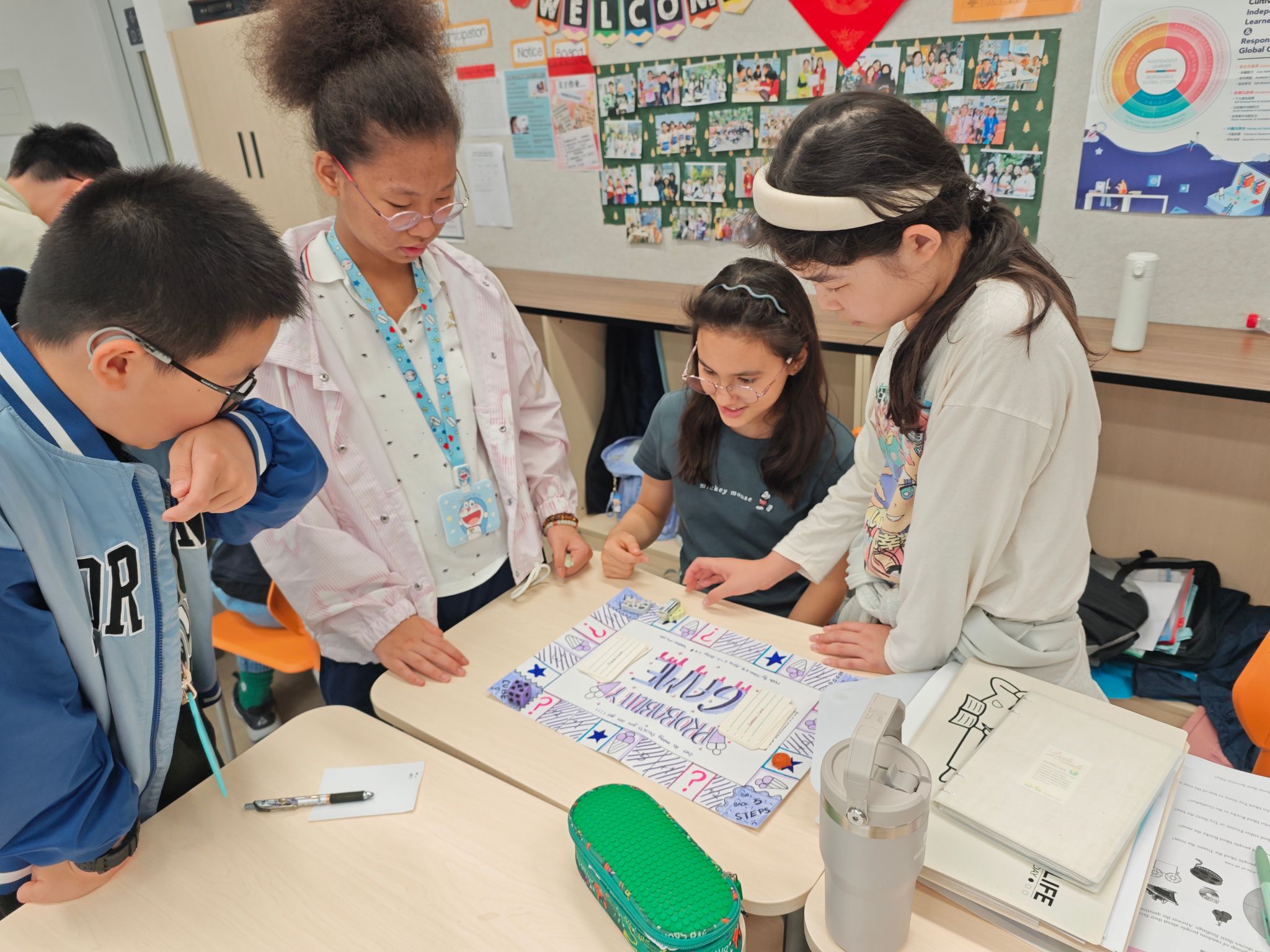

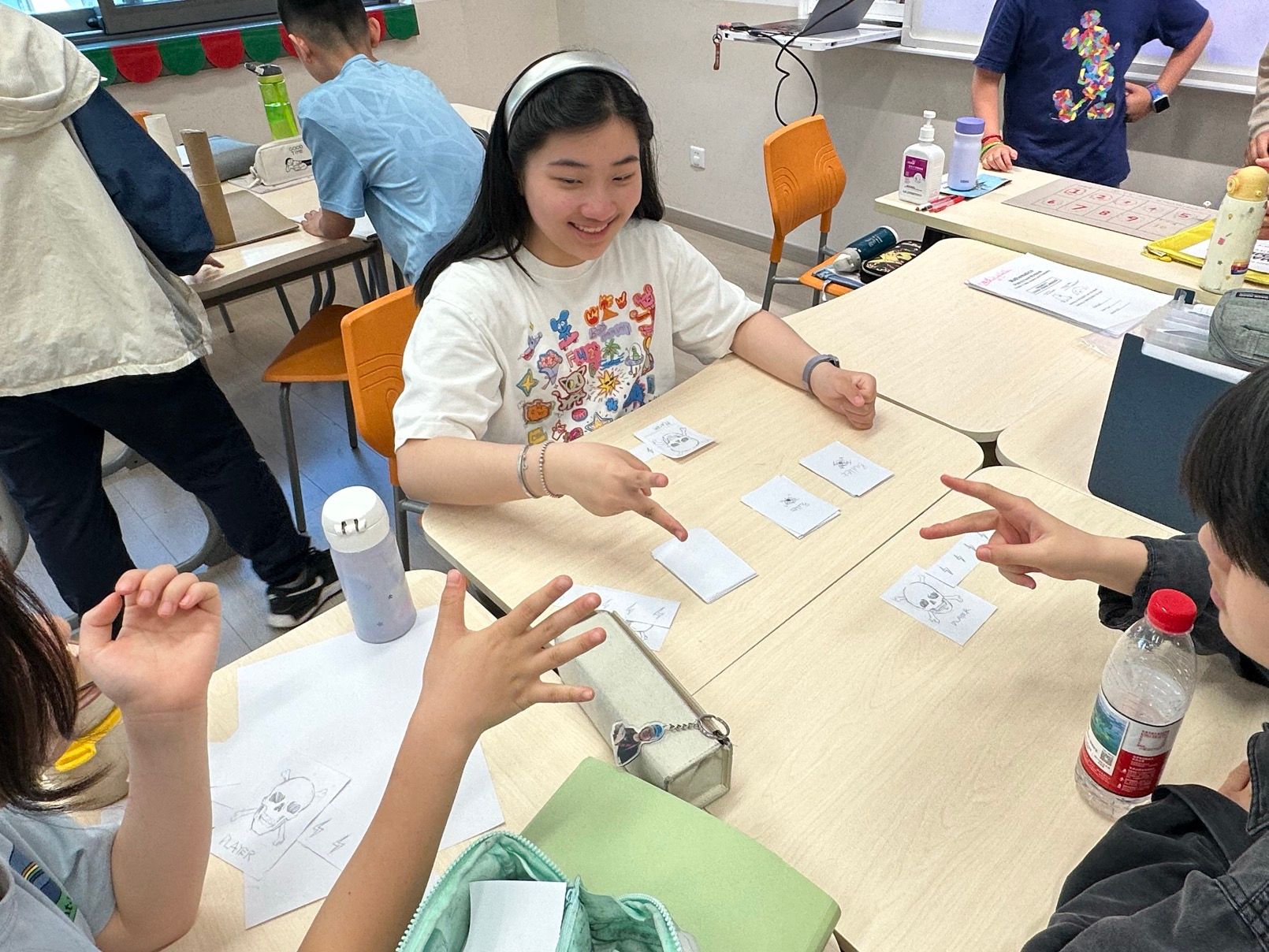
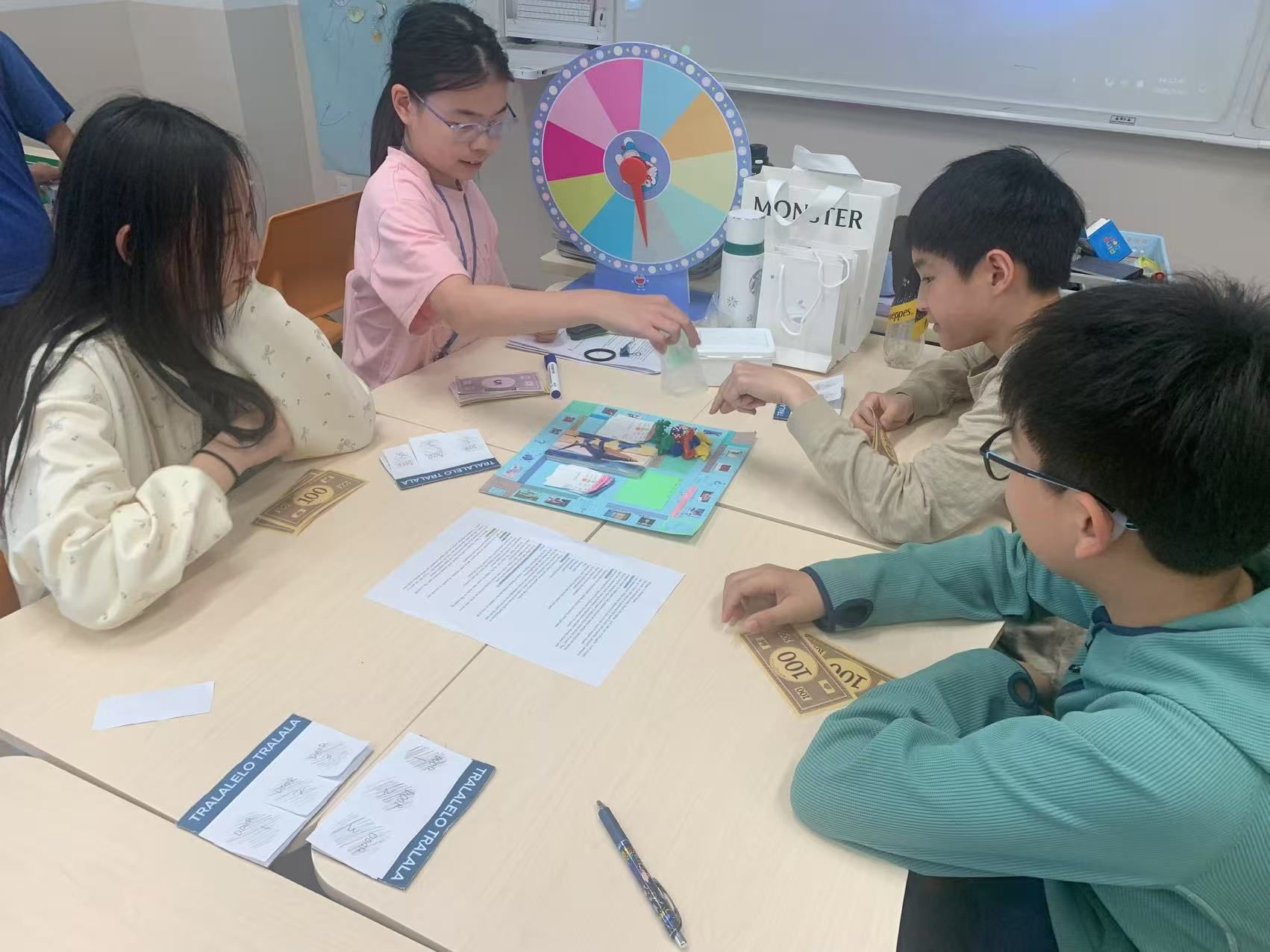
This integrated project, blending academic inquiry with creative practice, offered students a profound understanding of the real-world relevance of probability theory. Through teamwork, critical discussion, and imaginative application, they transformed abstract mathematical ideas into tangible experiences. From analyzing fairness to designing meaningful play, students came to see mathematics not just as a subject in textbooks, but as a powerful tool for navigating and solving real-life challenges.
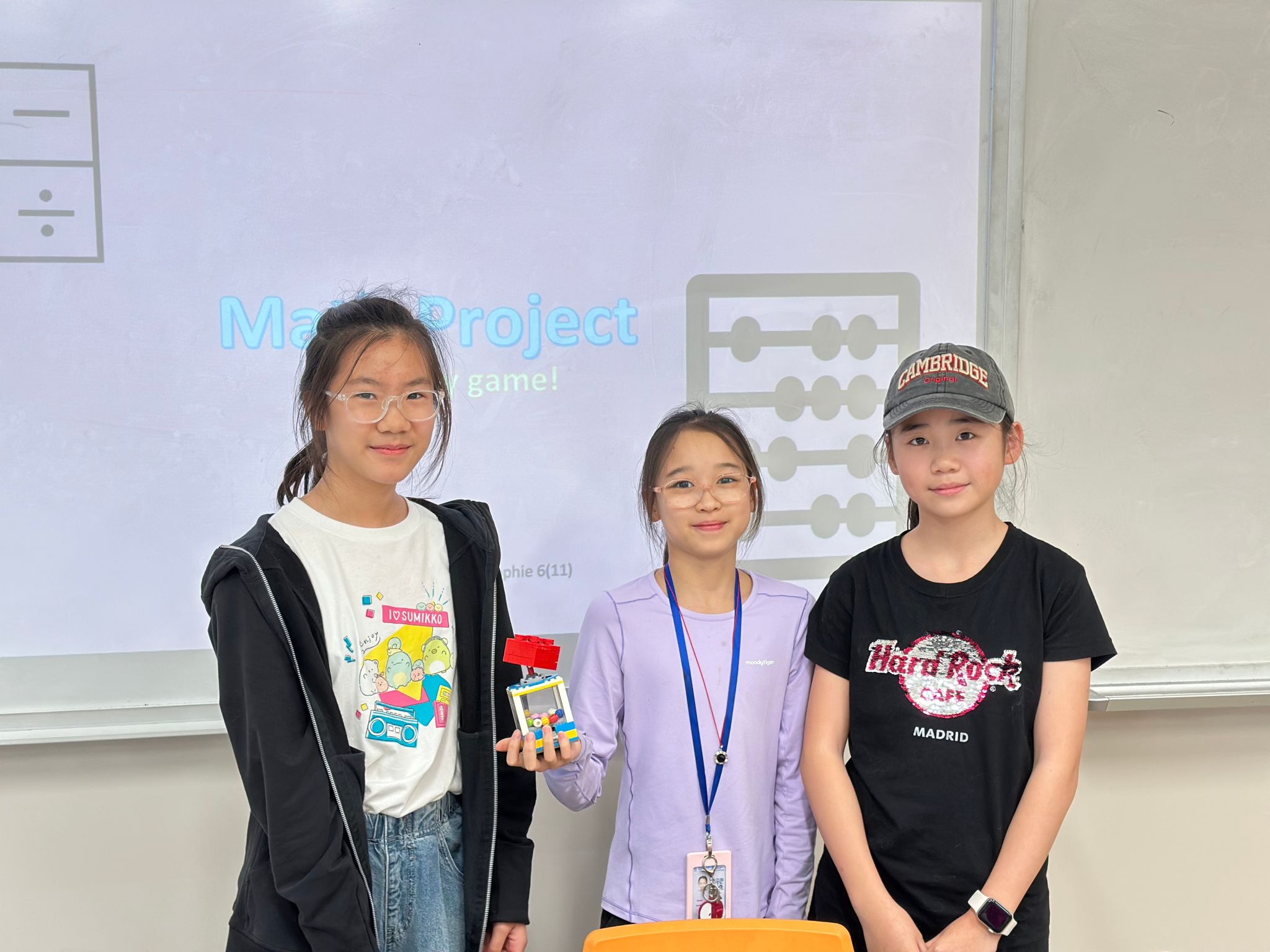
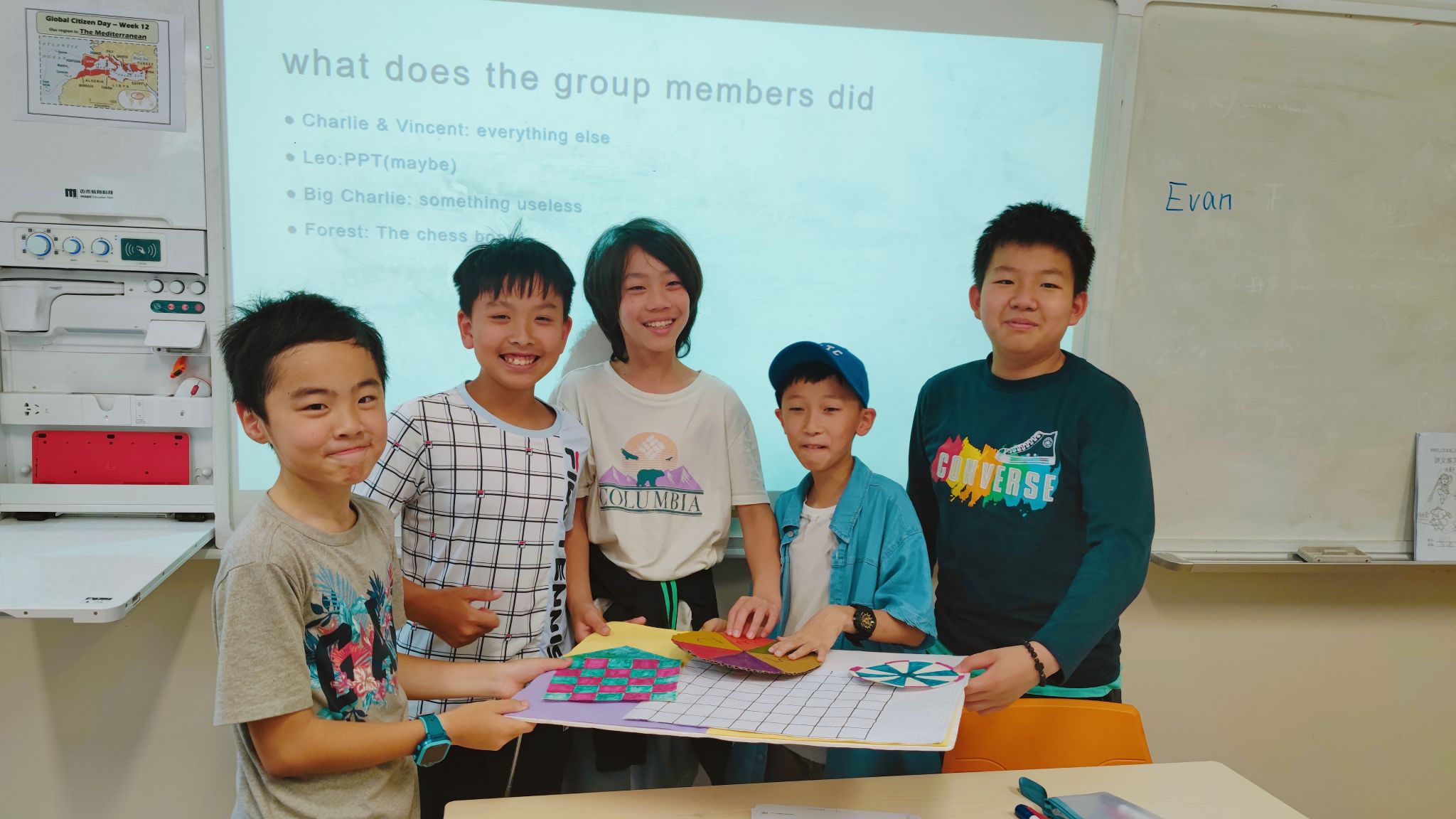
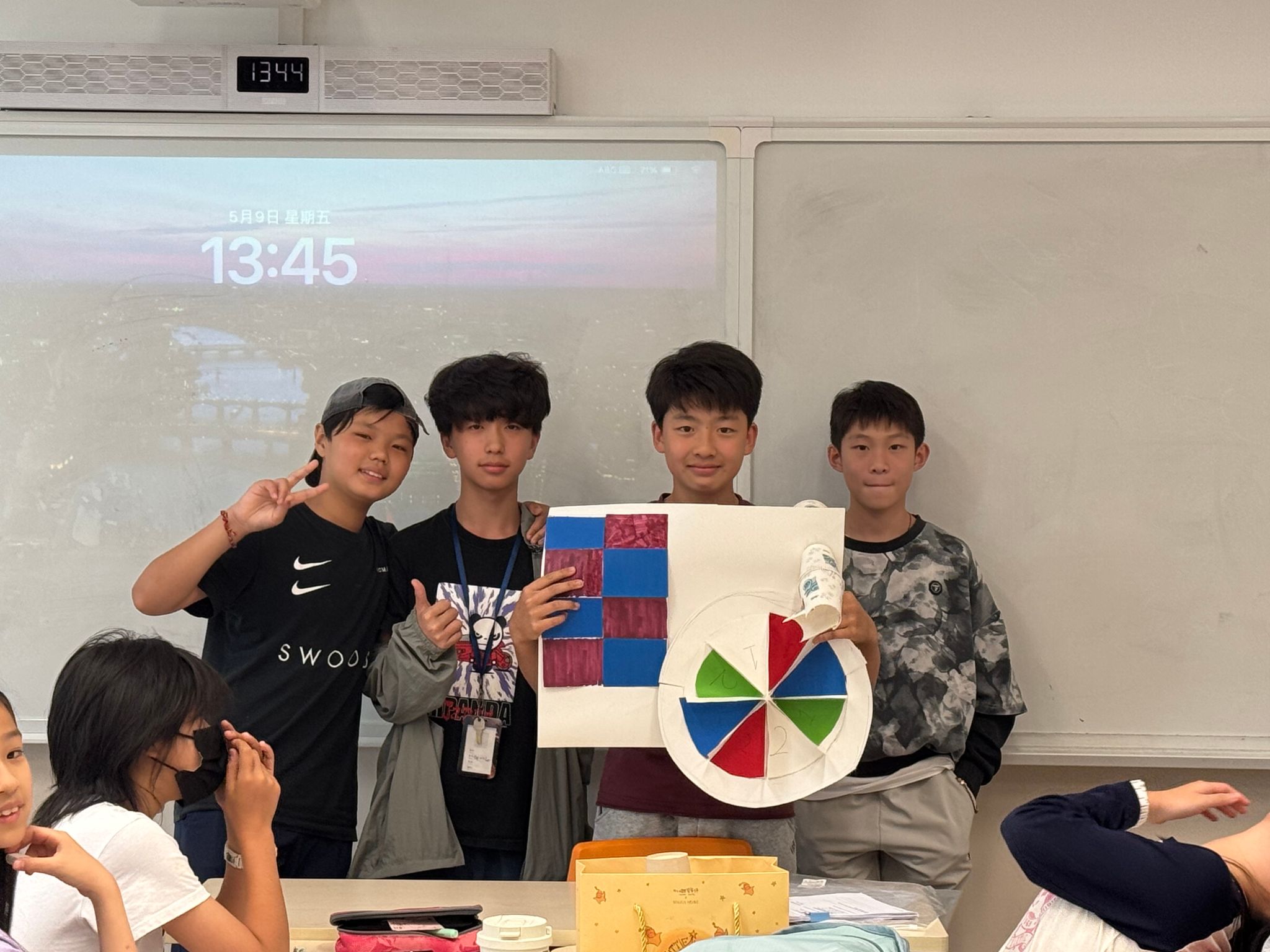
Written by Peiyao Tang, Wei Xu
Pictures by Grade 6 math teachers
Edited by Cong Luo
Reviewed by Chenli Shen, Cong Luo, Judah Kuhn